 |
| October 07, 2022 |
 |
| |
| |
| |
| |
| |
| |
| Engineering NASA's Saturn V Rocket, the Moon Rock Box and the Woman Who Made Them Work Properly Yvonne Y. Clark, known as Y.Y. throughout her career, had a lifetime of groundbreaking achievements as a Black female mechanical engineer. In the third episode of the third season of the Lost Women of Science podcast, we see how Y.Y.’s brilliance helped make Project Apollo a success | | By Katie Hafner,Carol Sutton Lewis,The Lost Women of Science Initiative | | | |
| |
| |
LATEST ISSUES
 |
| |
| Questions? Comments?  | |
| Download the Scientific American App |
| |
| |




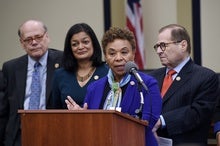
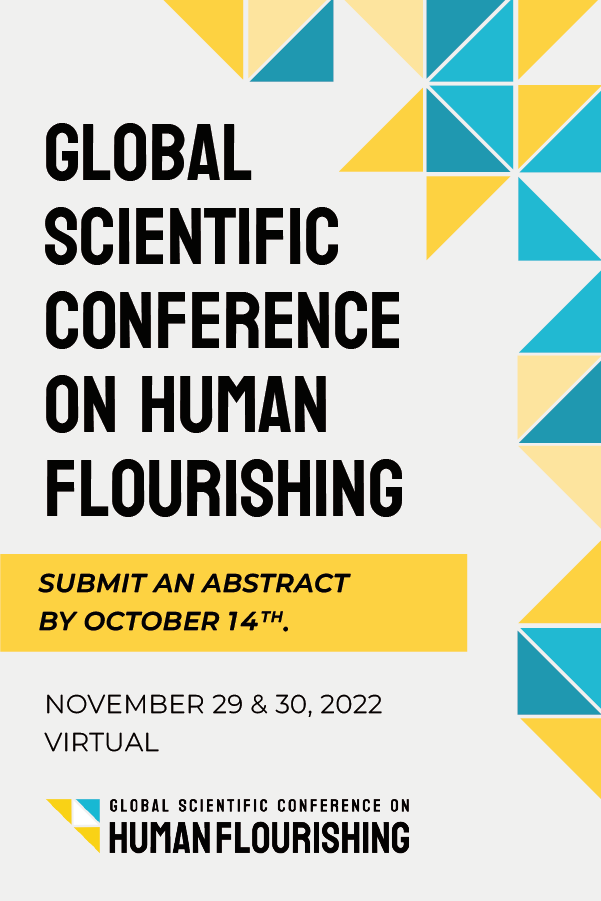
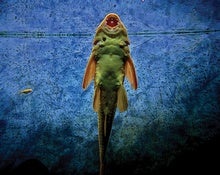


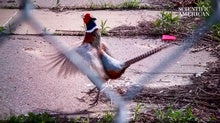
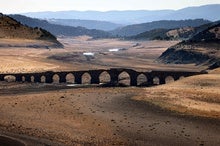
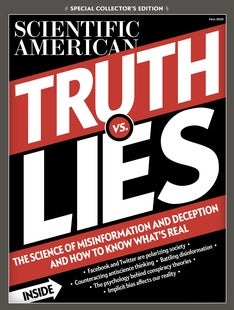

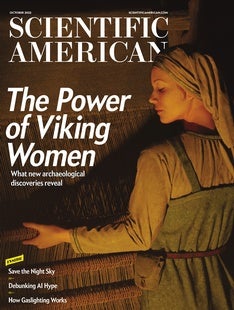
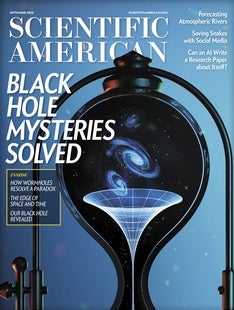
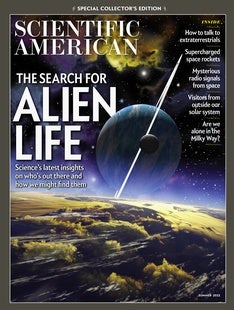



Comments
Post a Comment